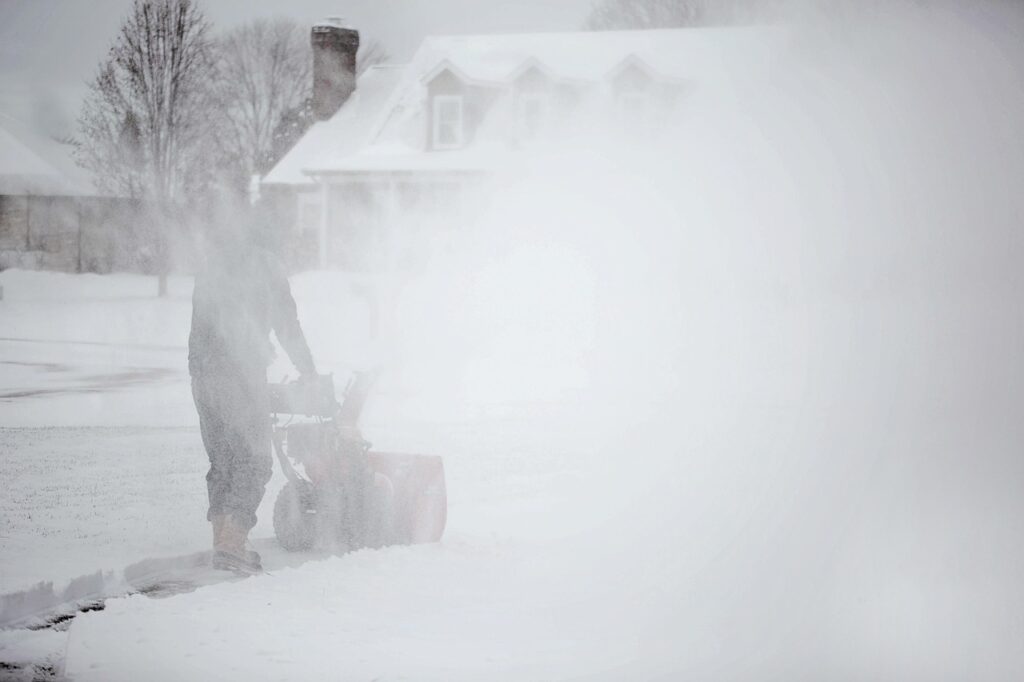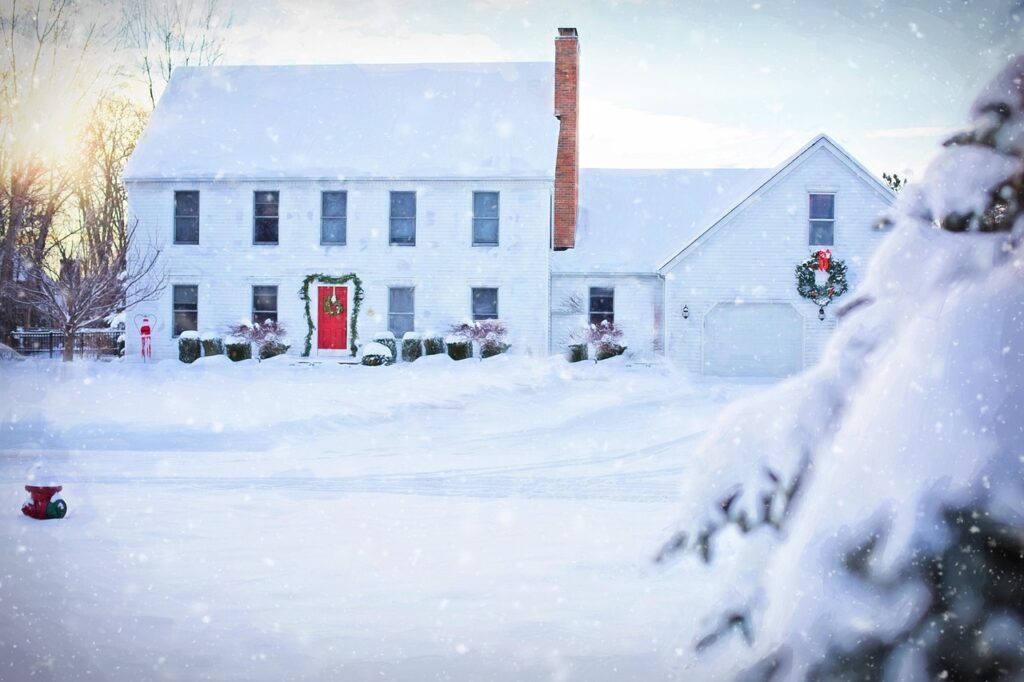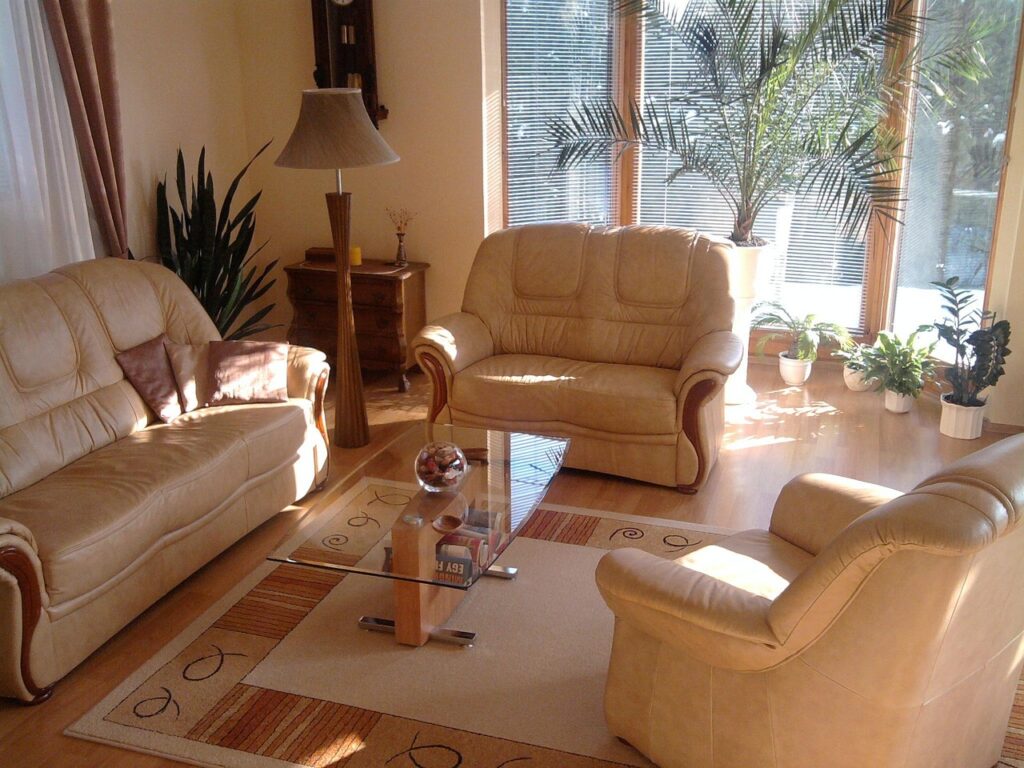
Cold weather hits hard in Toronto, and nobody wants icy drafts sneaking through their home. Proper winter insulation for your windows can cut your heating bills and keep your family cozy all season long. Many people don’t realize that up to 30% of heating energy escapes through poorly sealed windows. This guide walks you through smart, tested ways to prep your windows before the first snowfall arrives.
Why Window Prep Matters More Than You Think
Toronto winters can drop below -20°C, putting serious stress on your home’s defenses. Winter insulation around windows stops cold air from entering while trapping warm air inside where it belongs. A recent study by Natural Resources Canada found that homes with sealed windows use 15-25% less energy during peak cold months. That translates to real savings when utility bills arrive in January and February.
Most homes built before 2010 have gaps and cracks that grow wider each year. Wood frames shrink, caulking dries out, and weather stripping loses its grip. These tiny openings add up fast, creating uncomfortable cold zones near windows and forcing your furnace to work overtime.
Check Your Windows for Problem Spots
Start your prep work by finding where cold air sneaks in. Light a candle or incense stick and hold it near window edges on a windy day. Watch for smoke movement that signals a draft. Run your hand around frames to feel temperature changes. Look closely at corners where glass meets frame—these spots often show the first signs of wear.
Take notes on what you find. Mark problem windows with tape so you remember which ones need the most work. This simple check takes about 15 minutes per room but saves hours of guessing later.
Apply Weather Stripping Like a Pro
Weather stripping creates a tight seal when windows close. V-strip (tension seal) works great for double-hung windows. Felt strips cost less but wear out faster. Foam tape handles uneven gaps but may not last through multiple seasons.
Clean the surface with rubbing alcohol before applying any strips. Dirt and dust prevent good adhesion. Measure twice and cut once—you want strips that fit snugly without bunching up. Press firmly along the entire length to activate the adhesive.
Seal Gaps with Modern Caulking
Caulk fills the small cracks between window frames and walls. Choose a product rated for exterior use and freezing temps. Silicone caulk lasts longer than acrylic but costs a bit more. Either works well for Toronto’s climate.
Cut the tube tip at a 45-degree angle for better control. Apply steady pressure as you move along the gap. Smooth the bead with a damp finger or tool right away—dried caulk is tough to fix. Let it cure for 24 hours before testing.
Add Window Film for Extra Protection
Shrink film creates an invisible barrier that traps air between the plastic and glass. This air pocket acts like extra insulation. Kits include tape and film sized for standard windows. The film goes on the inside, so weather won’t damage it.
Apply the tape around the window frame first. Attach the film loosely, then use a hair dryer to shrink it tight. The wrinkles disappear as heat activates the shrinking process. One layer can reduce heat loss by up to 14% according to recent home energy reports.
Consider Thick Curtains and Blinds
Heavy drapes add style while blocking cold air. Thermal curtains have special backing that reflects heat back into rooms. Cellular shades trap air in their honeycomb design. Both options work day and night to maintain comfort.
Install curtain rods close to the ceiling and let panels hang past the window sill. This creates a sealed pocket of still air. Keep them closed during the coldest parts of each day, then open them when sunlight streams in to capture free solar heat.
When to Call in Expert Help
Some jobs require skilled hands and special tools. Cracked glass needs quick replacement to prevent further damage. Rotted wood frames won’t hold weather stripping properly. Very old windows might need full replacement to meet modern energy codes.
Get quotes from three local services before choosing one. Ask about warranty coverage and timeline for work. Spring and fall bring better pricing than the busy winter rush. A quality install pays for itself through lower energy costs within a few years.







